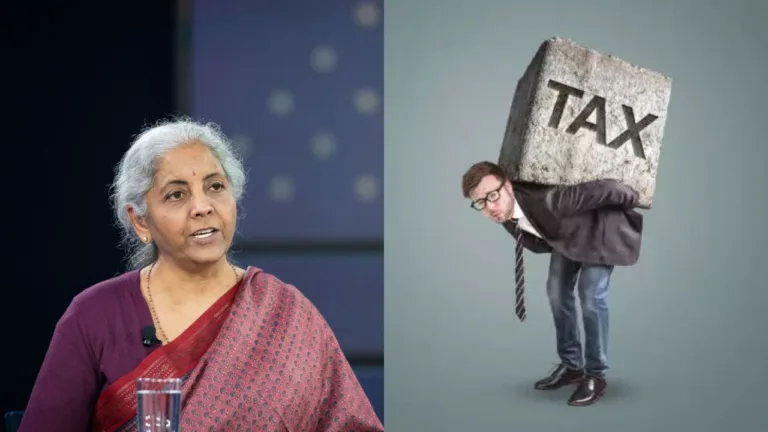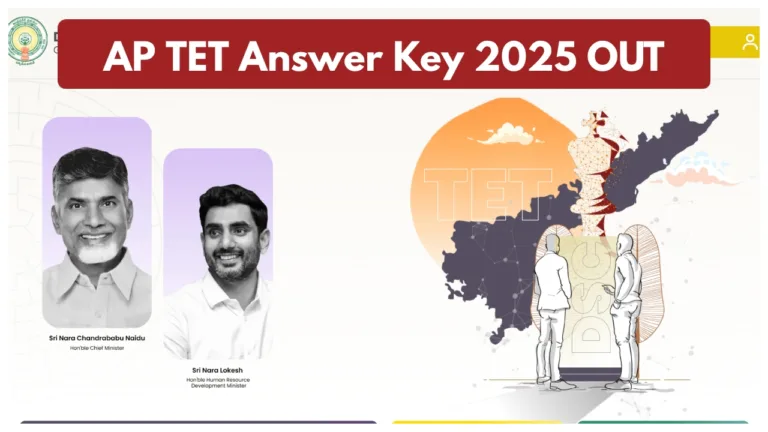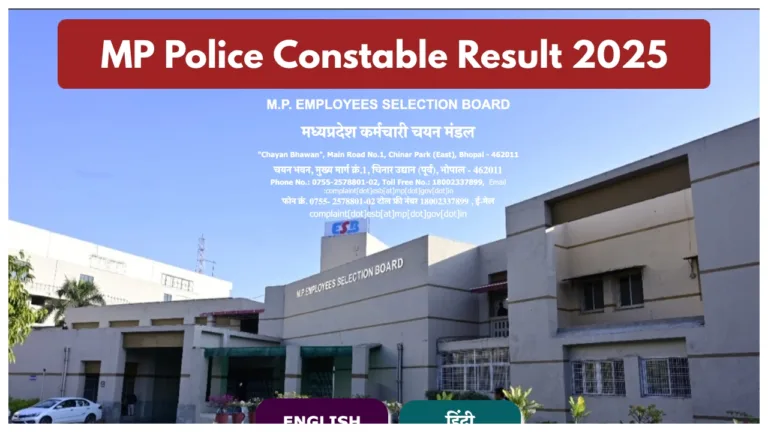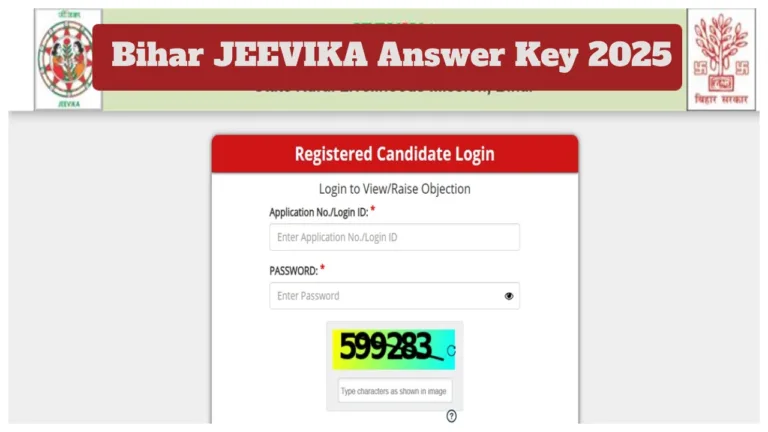The central government is rolling out a new initiative called the Unified Pension Scheme (UPS) for its employees. Starting April 1, employees who have worked for at least 25 years will qualify for a pension amounting to 50% of their average basic salary from the last year before retirement. This scheme aims to provide financial security for around 2.3 million central employees post-retirement.
The UPS is particularly designed for those who prefer a steady and reliable income rather than a pension tied to market fluctuations. Employees with over 10 years but less than 25 years of service will receive a minimum pension of Rs 10,000 per month. From April 1, 2025, enrollment and claim forms will be accessible on the official website.
The UPS is structured as a hybrid model
In the event of a pensioner’s death, their family will receive 60% of the last pension as a family pension. Additionally, current central government employees under the National Pension System (NPS) will have the option to transition to the UPS. This new scheme combines elements from both the Old Pension Scheme (OPS) and the National Pension System (NPS).
This initiative addresses the need for a more stable pension system
Unlike the NPS, which relies on market performance and doesn’t guarantee fixed payouts, the UPS promises a secure pension amount. The OPS, which was replaced by the NPS in 2004, provided a fully government-supported pension with regular adjustments for inflation. The introduction of the UPS comes in response to growing concerns among government employees regarding the unpredictability of the NPS. Many have called for a more reliable pension system to ensure financial stability in retirement. The government’s goal is to strike a balance between employee security and its financial obligations through this new scheme.
This change might encourage state governments to look into similar pension systems. Employees with over 25 years of service will gain the most from a 50% guaranteed pension. Those wanting a steady income post-retirement might lean towards UPS, while individuals who are okay with market fluctuations might opt for NPS for the chance of higher returns.
PFRDA has categorized employees into three groups. Just last week, the Pension Fund Regulatory and Development Authority (PFRDA) announced the implementation of UPS under the NPS Regulations 2025.
These regulations classify central government employees into three groups:
1. The first group consists of current central government employees who are part of NPS as of April 1, 2025.
2. The second group includes new hires in central government services starting on or after April 1, 2025.
3. The third group is made up of central government employees who were part of NPS and retired on or before March 31, 2025 (either voluntarily or under Fundamental Rule 56(j)), as well as their legally married spouses who retired or passed away before opting for UPS.
4. Enrollment and claim forms for all these employee categories will be accessible online at https://npscra.nsdl.co.in starting April 1, 2025.










